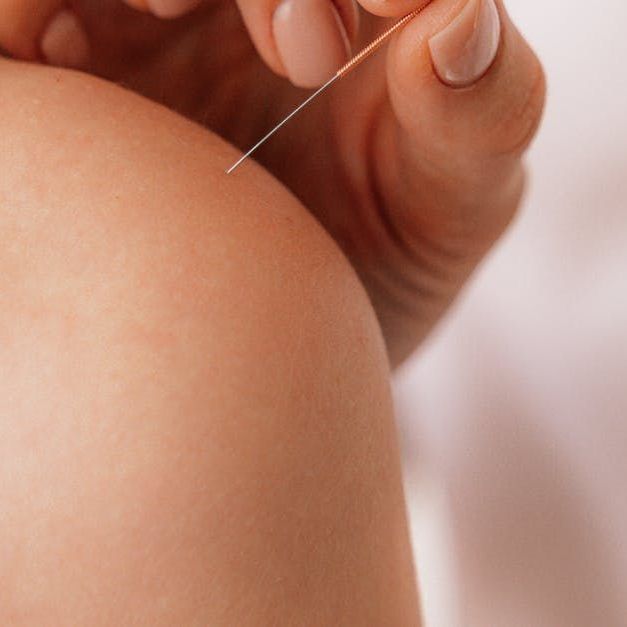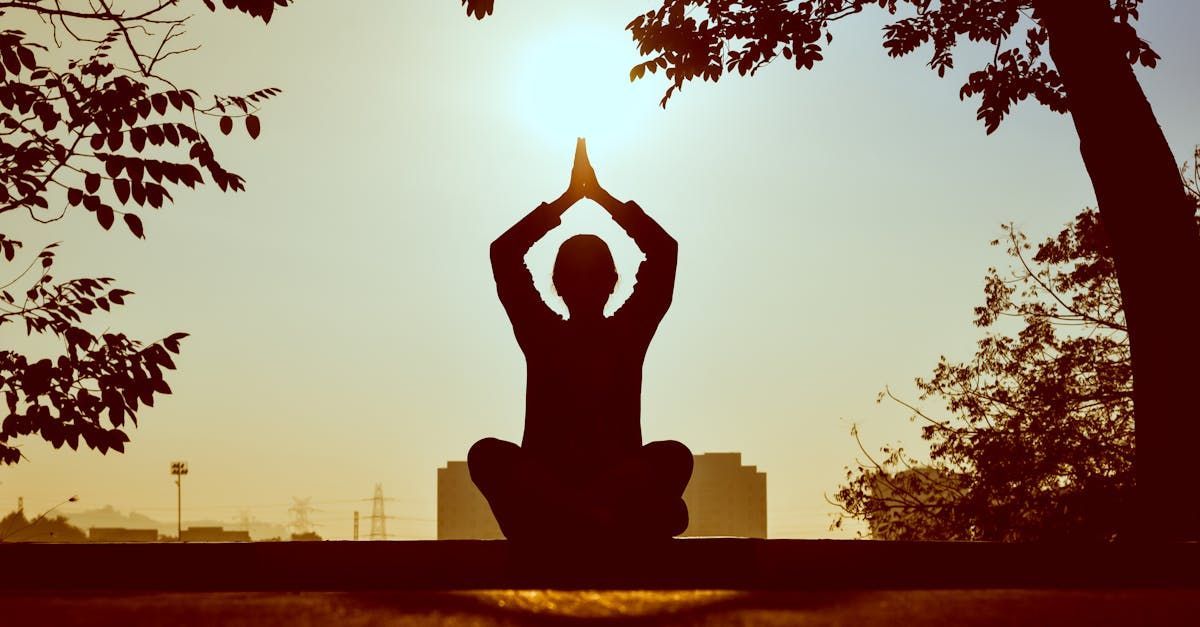Back pain is a widespread issue, affecting nearly 80% of people at some point in their lives. It's one of the leading reasons individuals seek medical attention, yet diagnosing and treating back pain—especially chronic lower back pain—can often be complex.
Acupuncture and Traditional Chinese Medicine (TCM) offer natural and effective solutions for managing back pain. These approaches work well alongside Western medical treatments to support a faster and more comprehensive recovery.
Causes of Back Pain
- Poor lifting techniques
- Sudden or awkward movements
- Injuries causing muscle or ligament strain
- Arthritis or spinal abnormalities
- Bulging or ruptured discs putting pressure on nerves

A Holistic Path to Pain Relief
Acupuncture aims to do more than just alleviate symptoms. It seeks to address the underlying causes of back pain. Research from a Swedish hospital revealed that acupuncture not only provides lasting pain relief but also enhances mobility, improves sleep quality, and reduces reliance on pain medications.
Similarly, a study in Germany found acupuncture highly effective for lower back pain, outperforming many standard treatments. As a result, acupuncture has become a mainstream therapy in Germany, even covered by state health insurance.
The TCM Perspective on Pain
Acupuncture and TCM are based on the idea that energy, or Qi (pronounced “chee”), flows along pathways in the body. Back pain, inflammation, and stiffness are often signs of disrupted, stagnant, or deficient energy caused by injury, stress, overuse, or illness.
TCM identifies three primary types of back pain:
- Stagnation:
Intense, sharp pain often linked to sprains, strains, or trauma. It is typically accompanied by stiffness and may worsen with rest. Recurrent episodes could signal deeper issues.
- Obstruction: This type of pain is often most intense in the morning and worsens with exposure to cold or damp conditions. It may be accompanied by numbness, swelling, and a sensation of heaviness. Applying heat can provide relief.
- Deficiency:
This pain is generally chronic and tends to feel better with rest.
Restoring Balance and Well-Being
After identifying the underlying cause of your back pain, your practitioner will create a customized treatment plan designed to address your specific concerns and improve your overall health. Acupuncture treatments involve the gentle placement of fine needles at precise points on the body to promote balance and healing. Additional therapies, such as acupressure, may also be included based on your individual needs.

Simple Self-Care Tips for Back Pain
Focus on posture: Check your alignment in a mirror to ensure even weight distribution while standing and walking.
Stay active: Incorporate regular exercise to strengthen core muscles. Yoga is a great low-impact option for building strength and flexibility.
Reduce stress: Stress can intensify back pain. Try stress-reduction techniques like deep breathing or meditation to help you stay relaxed.
You don’t have to live with back pain. Acupuncture offers a natural and effective way to
regain comfort and start your journey to a pain-free life. Contact Lotus Acupuncture & Wellness to start that journey today!
References:
Haake, M., Müller, H. H., Schade-Brittinger, C., Basler, H. D., Schäfer, H., Maier, C., Endres, H. G., Trampisch, H. J., & Molsberger, A. (2007). German Acupuncture Trials (GERAC) for chronic low back pain: Randomized, multicenter, blinded, parallel-group trial with 3 groups.
Archives of Internal Medicine, 167(17), 1892–1898.
Spinal Manipulation
Carlsson, C. P., & Sjölund, B. H. (2001). Acupuncture for chronic low back pain: A randomized placebo-controlled study with long-term follow-up.
The Clinical Journal of Pain, 17(4), 296–305.
Lippincott Journals
Sollars, D. W. (2000). The Complete Idiot's Guide to Acupuncture and Acupressure. Alpha Books.
Stone, A. J. Chinese Medicine for Back Pain. Acupuncture.com. Retrieved from http://www.acupuncture.com/conditions/backpain1.htm
Mayo Clinic Staff. (2008, February 8). Back pain. MayoClinic.com. Retrieved from http://mayoclinic.com/health/back-pain/DS00171/DSECTION=1
Manheimer, E., Research Associate, Center for Integrative Medicine, University of Maryland School of Medicine, College Park.


